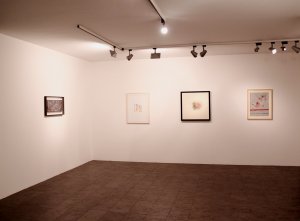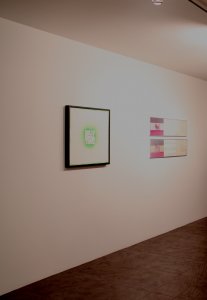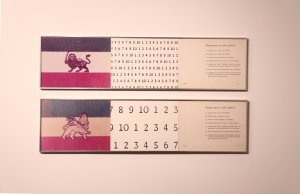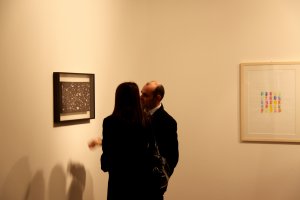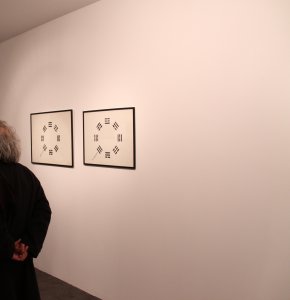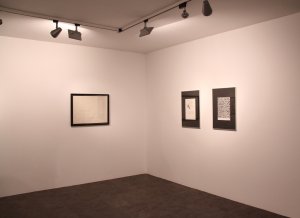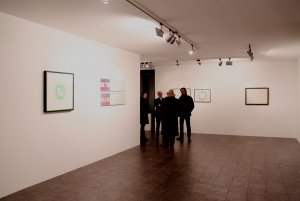Vincenzo Agnetti - Alighiero Boetti - From A to B, the path of Italia conceptual art Thu 19 December 2013 - Fri 17 January 2014
To approach the personality of Vincenzo Agnetti (A) to the one of Alighiero & Boetti (B) in an exhibition – although exploratory and composed of works on paper – is something more than a formal clash of renowned names: there is not just the historical and personal datum of the fact that the two of them were friends, but there is also the attempt to go separate ways as against those that by now are consolidated and “plastered” in movements and groups, that sometimes prevent us from seeing more relationships, more similarities, more possible openings to new interpretations. For instance it is said that conceptual art has touched just marginally the Italian artistic production, yet if we just consider the two names of this show (with some future addition, such as Paolini, Isgrò, Nannucci…), we would realise that we are in front not just to examples of conceptual art, but above all of linguistically autonomous and innovative experiences as against the same mainstream of Anglo-Saxon conceptual art.
The use of the word in Agnetti, that almost becomes oracular as against the conjecture, Boetti’s combinatorial obsession, that transforms the world in a series of relationships are independent and - absolutely contemporary – events of an all Italian conceptual art that has nothing to envy to the tautological and semiologycal issue of “typical” conceptual art, that is catalogued and accepted. On the contrary, in the light of time and history, we might assert that such a model has a better expressive potential, since it was able to combine the language with the world, thus finding a stable and rich meeting point that does not just focus on the logical linguistic issue, but that on the contrary looks at the reality “through” a new language, thus building up – at the same time – also a new reality.
The works on paper on show are a sort of “ballon d’essai” of such an assumption, that we think has all of the features of a new reading of almost established artists as well as trends whose potential is still unexplored.
Marco Meneguzzo

